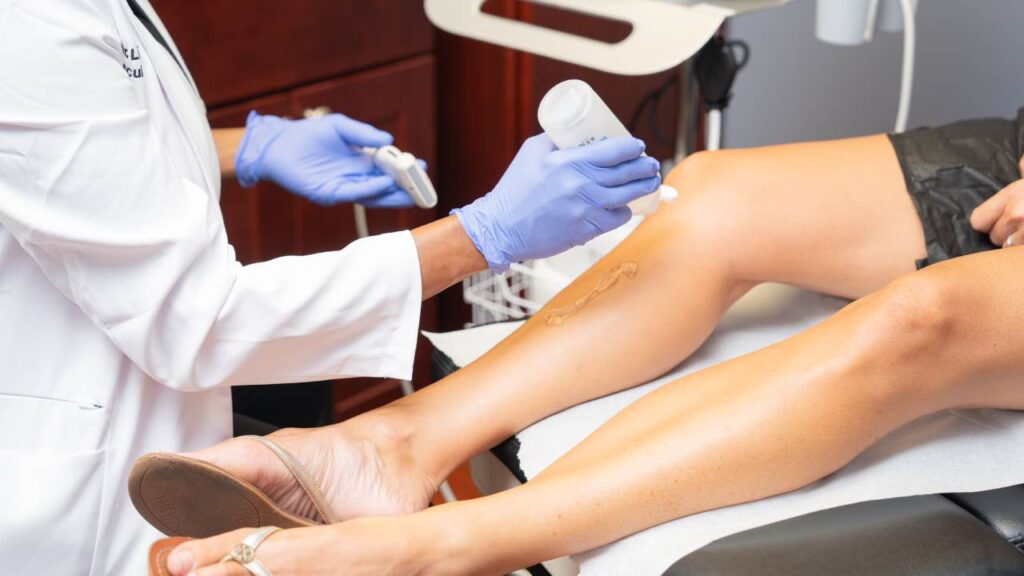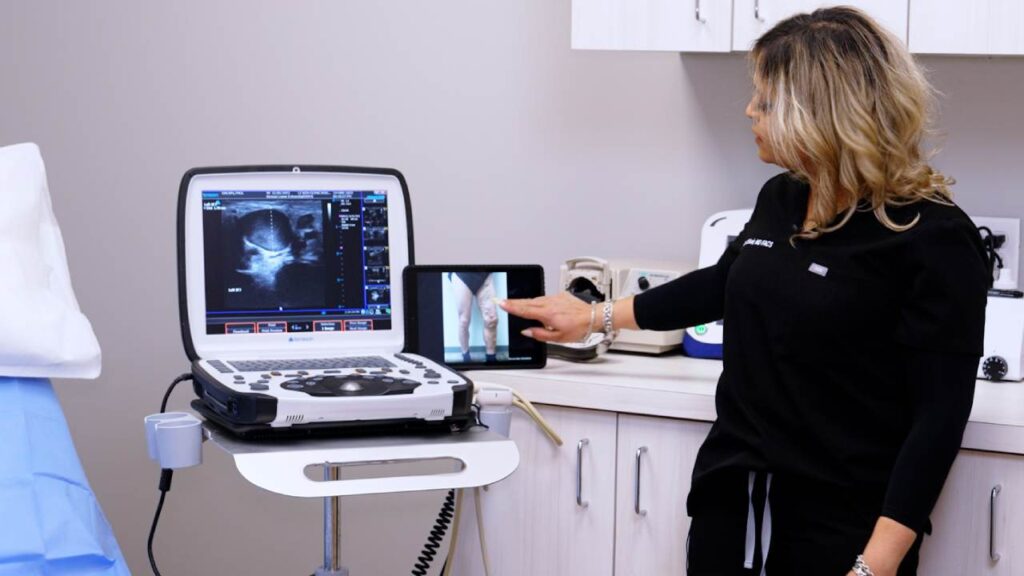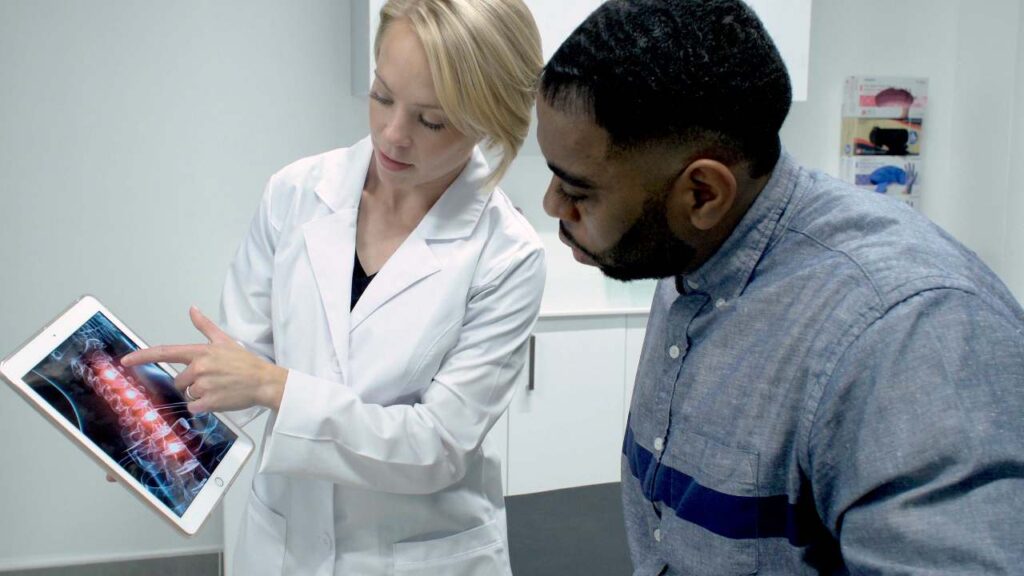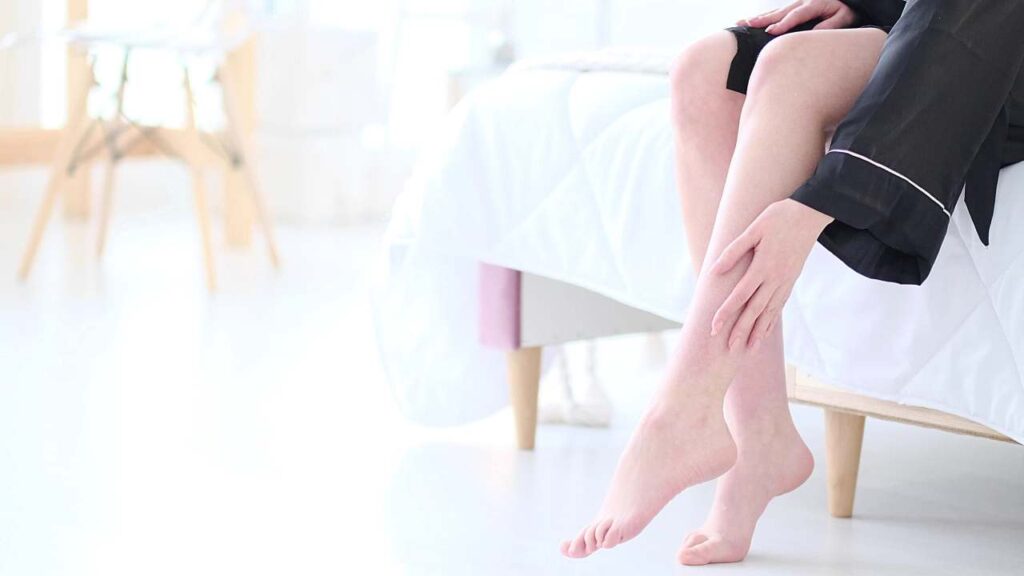Of the large number of chronic back pain sufferers in America, less than half (45%) have facet joints as their pain generator. This condition is known as facet joint syndrome. Facet joint injections are the most common interventional pain management procedure in the US, working effectively about 80% of the time. Diagnosing facet joint syndrome can be challenging using just a history, physical examination, and imaging studies.
What is Facet Joint Syndrome?
Facet joint syndrome is similar to arthritis seen in other body joints like the knee and hip. The presence of arthritis does not always mean the patient will experience pain. Even with advanced degenerative arthritis, a patient might have minimal discomfort. The best method for determining if a patient has facet joint syndrome is a diagnostic injection into the joint. During this injection, a pain specialist administers a numbing solution around the facet joint to numb the small nerve endings supplying sensation to the joint. If the patient’s pain is significantly reduced from the numbing injection, then the diagnosis of facet joint syndrome is confirmed.
Effective Treatments for Facet Joint Syndrome
Facet joint intra-articular injections and medial branch blocks have been shown to provide five to seven months of pain relief on average. When the pain returns, these injections can be repeated with similar success. In the 1970s and 80s, radiofrequency ablation (RFA) was developed and has since become more effective. Clinical research has shown promising results with this procedure.
How Does Radiofrequency Ablation Work?
Radiofrequency ablation involves placing a catheter in the same area where a medial branch block is performed. Instead of injecting the numbing medication, the tip of the catheter is heated with radiofrequency waves, and the tiny nerve endings are suppressed. Studies on radiofrequency neurotomy have shown encouraging results, with 70-90% of patients experiencing good to excellent pain relief for up to one year, and some for up to two years. This duration is much longer than that of facet joint injections. Eventually, the medial branches that were suppressed will regenerate, and the pain may return. At that point, the procedure can be repeated successfully. The RF procedure can help patients reduce their need for pain medication significantly.
Benefits and Considerations of Radiofrequency Ablation
It should be noted that patients may temporarily experience increased pain after a radiofrequency ablation due to muscle spasms from the procedure. Typically, within a week, pain relief will begin, and the benefits will become noticeable. Like the facet joints in the lumbar spine, it can be challenging for a pain specialist to accurately place a needle into the joint. A significant angle may be necessary to achieve proper placement, and it should always be performed under x-ray guidance. Performing a sacroiliac joint injection without x-ray guidance has a high miss rate, up to 50%.
- Minimally Invasive: The procedure involves small incisions, reducing the risk of complications and promoting faster recovery.
- Effective: RFA is highly effective in treating varicose veins, providing significant relief from symptoms such as pain, swelling, and heaviness in the legs.
- Quick Recovery: Most patients can return to their normal activities within a few days following the procedure.
- Less Pain and Scarring: Compared to traditional vein stripping surgery, RFA causes less pain and scarring.
Safety and Efficacy of Radiofrequency Ablation
The goal with radiofrequency ablation, also called radiofrequency neurotomy, is to heat and “suppress” the small nerve endings supplying the sacroiliac joint causing a patient’s pain. These nerves do not supply primary motor or sensory functions but are tiny nerve endings that convey sensation to the joint itself. If these can be neutralized, pain can be reduced. RF procedures are performed in an outpatient setting and can be done under local anesthesia and/or IV sedation. The procedure is generally safe with a low-risk profile, but potential complications include dural puncture, spinal cord injury, infection, painful dysesthesias/hyperesthesia, or increased pain.
If you are experiencing chronic back pain and suspect facet joint syndrome, consult a qualified pain specialist to discuss your treatment options. Facet joint injections and radiofrequency ablation are effective treatments that can significantly reduce pain and improve your quality of life. Don’t wait to seek help—schedule your consultation today to start your journey toward pain relief.







